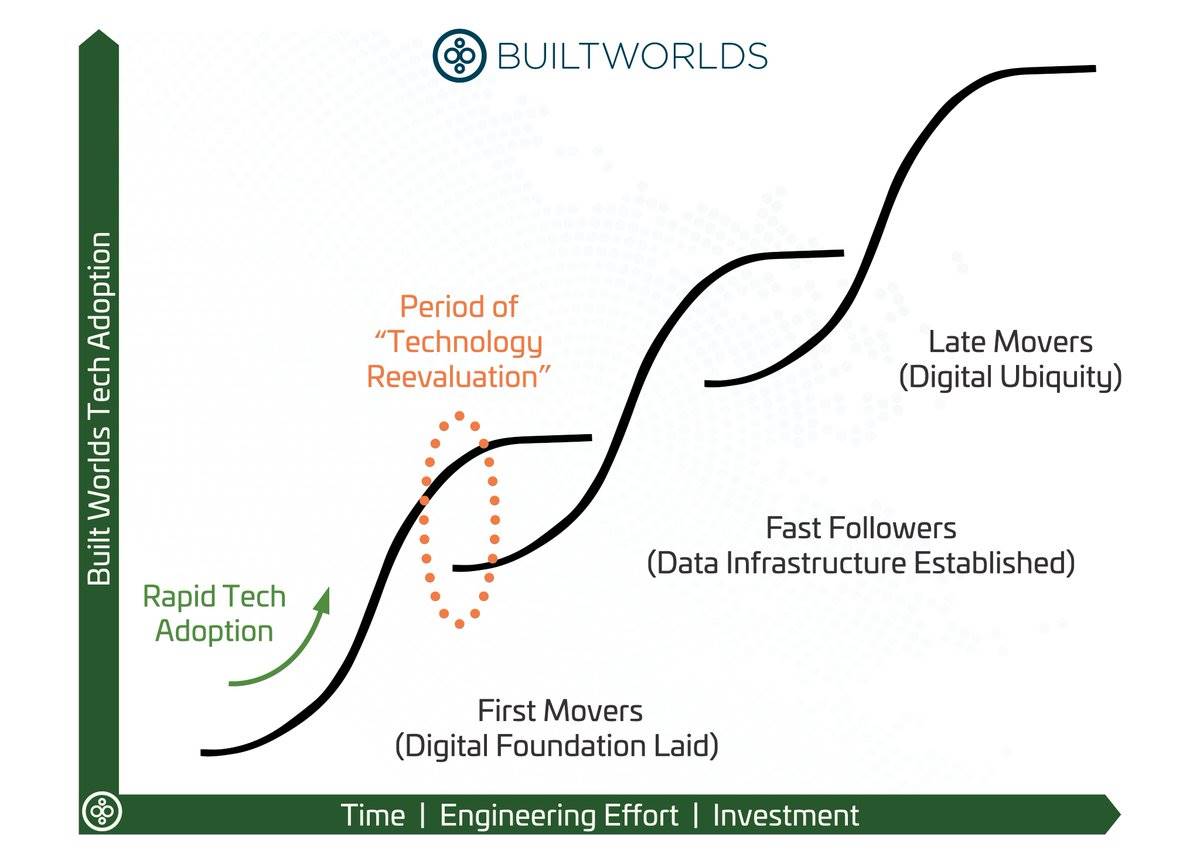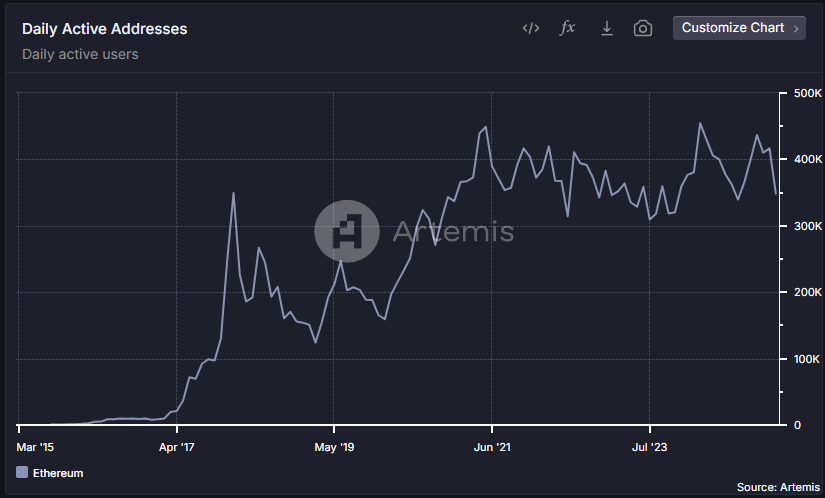Participants either turn to building/investing in real businesses or pray for the return of the crypto casino.
Author: Noah
Translation: Deep Tide TechFlow

TL;DR
Not many new faces, not much irrelevant marketing spending, and a shift towards pragmatism. There are still some legacy issues (e.g., 2018 infrastructure projects have come to an end, or recently overfunded VC scams are burning cash on marketing), but this is less common than in previous years.
Setting the Stage
The industry is generally divided into two categories: crypto natives and newcomers. I will further divide these two groups into two subgroups.
Crypto Natives/Mercenaries
Crypto Native Tech Experts
Low-Quality Newcomers
High-Quality Newcomers
Crypto Natives
There are technical experts (venture capitalists/investors, venture capital projects) primarily focused on seizing huge market opportunities and building real products. This accounts for >2/3 of the crypto native participants at the event, mainly focusing on AI/DePIN and fintech.
The number of mercenaries is lower than before. I believe this is due to 1. a cold on-chain market 2. future growth prospects leaning towards institutions 3. most mercenaries either going bankrupt or striking it rich. There are fewer people left who choose to play the game intensely.
Newcomers
Newcomers can typically be segmented based on the quality of talent. Low-quality talent often engages in soft-skill-related work (business development, growth, ecosystem, etc.) at defunct L1/L2 and other capital-overloaded companies. These individuals may be crypto enthusiasts or simply enjoy the relatively high salaries and output in this industry.
High-quality newcomers can be divided into mercenaries and tech personnel:
These tech personnel either come from TradFi, working on on-chain finance and stablecoin development, or are infrastructure experts from fields like AI, DePIN, security, etc… Typically, they are part of a large potential market with emerging technology/capital formation.
Mercenaries are often young founders aged 18-25 who have seen the financial success of their older peers in 2021 and wish to replicate that success. They are charismatic, exceptionally smart, and even a bit antisocial. They form a relatively small group but capture a significant amount of attention.
Industry Reassessment Phase
So, why are our token prices plummeting sharply when we are facing the mass adoption of blockchain technology…? Why are some people optimistic while others are pessimistic?
The answer is simple. We are at the end of one S-curve and the beginning of another S-curve.

A Brief Review of the Crypto Industry's Past
2009-2011: The Era of Marginal Tech Experts
2011-2016: The Dark Web/Gambling Era
2017-2019: Normies First Wave (ordinary participants entering the industry during the cryptocurrency boom but lacking deep technical or cultural backgrounds)
2020-2021: DeFi Summer, Normies First/Second Cycle
2022-2024: Opportunists/Vultures, Normies Second/Third Cycle
This is a very broad statement, but I believe it is accurate.
Early participants were either
Tech personnel
Criminals
Timing and circumstances.
Most people who entered the cryptocurrency space before 2017 were either
Wealthy individuals and retirees
Those who viewed cryptocurrency as a lifestyle
Unable to make money.
After the DeFi summer, a large number of people began to enter the cryptocurrency space, indicating that the post-2020 group is more similar to the general population.
Many became wealthy, but the exceptional wealth in these groups is much less, and participants are either
Wealthy individuals and retirees (a minority)
Moderately wealthy and selective
Formerly wealthy and disappointed with the field.

After 2024: All industries will face challenges, only those who discover business opportunities and possess exceptional abilities will survive. We may see many executives with rich TradFi or Web2 experience.
Looking across the crypto industry participants, it is clear that what remains are only
Early players (Pre-rich) before the industry became wealthy and entrants before 2022: failed to capitalize on the opportunities of the past 5-10 years and, in many cases, feel disappointed with the field
Players after the industry became wealthy (After-rich) and hardcore crypto natives (pseudo-religious: ETH Maxis, Link Marines, etc…)
Newcomers seeking business opportunities
Most of the bearish/pessimistic individuals belong to the first category. They envy the wealth that has been created and chase it, but realize that this wealth was primarily created through luck or crime.
The second group still believes that ETH is money and cannot be reasoned with. They are self-important; speaking on podcasts or working at fund companies, but have not put in the work for years and are out of touch with the market.
The third group is more optimistic because they are not burdened by past experiences and can focus on what they believe in. We are finally seeing regulatory clarity, stablecoins are being widely adopted, and financial markets are accepting tokenization.
Where is the Industry Headed?
I believe we, as an industry, have a consistent vision for the next few years, but also think that those who have not benefited from this reality choose not to acknowledge it.
Looking ahead, marginal consumers engaging with cryptocurrency will focus on how cryptocurrency provides tangible value to their lives. We may see significant developments in on-chain financial applications, using crypto primitives to ensure security or reduce backend costs, etc…
We may not see much growth in the pure cryptocurrency market, but I think this will not be surprising to many. This could negatively impact the inflow of token funds and potentially lead to issues in the liquidity market.
We are in a transitional period, with regulatory uncertainty looming. Liquid funds may be able to access an increasing number of publicly registered stocks, which could directly replace their token allocations. We may see many on-chain financial products requiring KYC to attract large institutional clients, thus dividing the on-chain financial market into gray/black markets and regulated markets. Uncertainty is risk; while the deviation of outcomes may favor our industry, it may not be beneficial for many of our products.

ETH Denver and the price movements it triggered have sounded the alarm for the industry. Participants either turn to building/investing in real businesses or pray for the return of the crypto casino. As actual business outcomes materialize, the opportunities provided by the crypto casino are relatively diminishing, making this decision increasingly apparent.
Many industry participants (companies, traders, funds) have been struggling for years, but due to long feedback loops or capital excess, they have not had to face death. The shift towards rationality began with the Bitcoin ETF in 2024 and will be fully realized in 2025 with Trump's inauguration.
Perhaps after the first or second cycle, ordinary people can continue to deliberately ignore the Ponzi casino, but the first major hype cycle was 8 years ago, and many have accepted that the VC-TGE-Cashout cycle is a scam, and if it remains profitable, it will not change.

In 2024, due to the wealth effect led by BTC and the memecoin hype cycle, the market will rebound, but traders will be wide-eyed watching the game they are participating in this time. They will only go in when they are making money, not believing any claims.
The free money is gone, the gamblers have left, and the downstream industry participants are assessing the impact on their portfolios.
免责声明:本文章仅代表作者个人观点,不代表本平台的立场和观点。本文章仅供信息分享,不构成对任何人的任何投资建议。用户与作者之间的任何争议,与本平台无关。如网页中刊载的文章或图片涉及侵权,请提供相关的权利证明和身份证明发送邮件到support@aicoin.com,本平台相关工作人员将会进行核查。




